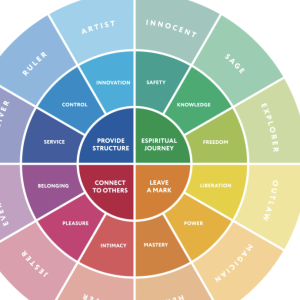Green eyes are rare, found in only about 2% of the world’s population, most commonly in Northern and Central Europe, especially Hungary, Scotland, and England. This rarity gives them “an almost mythical status—much like spotting a four-leaf clover.”
Their beauty lies in how the shade can shift with the light, creating depth and movement. “No two pairs are exactly alike,” and the interplay of light with the green iris can make them appear dynamic and even hypnotic.
With less melanin than darker eyes, green eyes are more sensitive to sunlight and UV rays, making sunglasses and regular checkups important for protection.
Historically, they weren’t always admired—during the Middle Ages, green eyes, especially with red hair, were sometimes linked to witchcraft, leading to suspicion and persecution.
Today, they are celebrated in art, literature, and culture as symbols of beauty, individuality, and mystery. Genetically, green eyes result from a complex mix of DNA, often tied to Celtic or Germanic ancestry, and can subtly shift in color with lighting and emotion, making them “a living, ever-changing jewel.”





